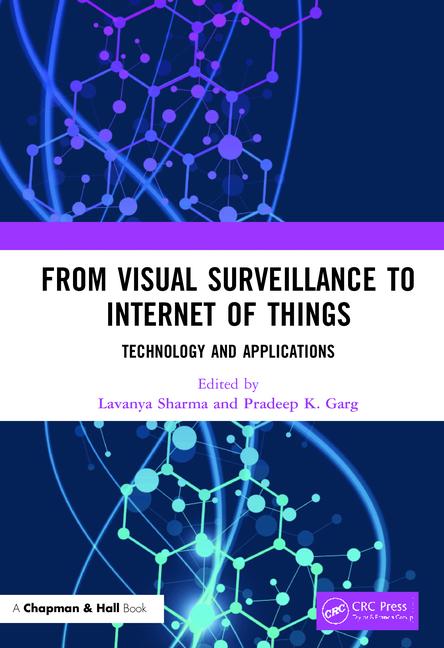The Finesse of Fiber Optic Strippers

In the hundreds of fiber optic training and certification classes I have presented since 2002, there has been a common issue that fledgling fiber techs need to overcome. The basic technology of how fiber optics works is very simple. The transmitter has a blinking LED or laser, the light travels down the fiber optic link, and the receiver counts the blinks and converts them into either digital or analog electrical signals. It’s pretty simple, with one caveat: the wavelengths used in fiber optic transmissions are higher than those that the human eye can see, so a technician cannot see the blinking signal when looking at the tip of a fiber optic connector. It is important to note that laser fiber optic transmitters emit enough energy to potentially damage your eyesight, so avoid staring at the tip of a connected fiber optic link to protect your eyes.
The issue that comes up time and again in my training classes is teaching the necessary hand skills for students to successfully strip the fiber optic strand before the installation of a fiber connector or splice. The problem is that fiber optic strands are extremely small, with the typical diameter of an unstripped fiber being 250 microns, or millionths of a meter. The stripping of a fiber strand is performed by using the correct tool to remove the outer clear plastic “buffer coating” that adds strength and flexibility to the fiber. This coating must be removed, as the fiber end needs to be stripped down to the 125-micron diameter of the glass itself so that it will fit into a connector or splice housing. With a human hair possessing a diameter of roughly 90 microns, you can imagine the difficulties posed when stripping fibers. They are so small that the glass is hard to see and manipulate, and it can be very difficult to see if a fiber is properly stripped. As the plastic coating is typically clear, neophyte technicians often will remove the outer 900-micron colored plastic jacketing without taking off the 250-micron coating.
A fiber that has not been properly prepared cannot be inserted fully into a connector, as the openings in the back of connectors and splices are typically about 150 microns across. The only option at that point is to re-strip the fiber to get the coating off, and often the fiber breaks at this point, so the whole process starts over. This is one of the main reasons that when installing new fiber optic cables/links there should be beaucoup excess fiber cable at each end of the planned connection, as breaking the fibers during the connectorization process is quite common and technicians should anticipate that he or she is going to break the fiber strands a couple of times during the manipulation and necessary stripping of the fiber strand. If there is 15 or 20 feet of excess fiber cable at the link end it helps technicians remain confident in their fiber skills; with excess fiber available breaking off two or three inches of a fiber optic glass strand is not a big problem; just re-strip the fiber and try again.
While there are some hand skills that technicians need to develop, the use of a quality fiber optic stripping tool will make the job much easier and more precise. The typical strippers included with fiber optic tool kits are of the inexpensive variety, and often may need to be adjusted as the stripping slot may have left the factory with a diameter opening that cuts into the fiber strand more than needed, often resulting in a broken fiber. Also, there have been bootleg copies of the standard inexpensive strippers that have reached our shores.
If a technician finds that they are continually breaking the fiber during stripping, the stripper needs adjusting. In most all cases fiber strippers can be have their stripping slot adjusted, usually with a very small Allen wrench. Techs need to be careful to only turn the adjustment nut no more than a half turn; remember we are dealing with microns. A clockwise adjustment will increase the size of the slot; counter clockwise will tighten the slot. After making the adjustment the technician should try the strippers again; if the stripping slot is still too tight another half turn clockwise of the adjustment nut should be tried. This will usually solve the problem.
I recommend to my students and readers that if they are planning to do fiber optic terminations they should invest in a high-quality fiber stripper, such as the Greenlee Pro Grip 5-in-1 tool, which sells for around $50-$60. This stripper has five stripping slots, so it can be used to remove the outer 3- or 2-millimeter plastic jacket found on single strand fiber cables, the 900-micron colored plastic individual jackets on each strand, and can be used to remove the 250-micron buffer coating. These are high quality tools and in my opinion are a must for the tool bag of a properly equipped fiber optic technician.
A technician will often blame their tools when troubles arise. Investing in a quality fiber optic stripping tool is money well spent as fiber terminations will be easier and surer to accomplish in the field.
Looking for a reprint of this article?
From high-res PDFs to custom plaques, order your copy today!







